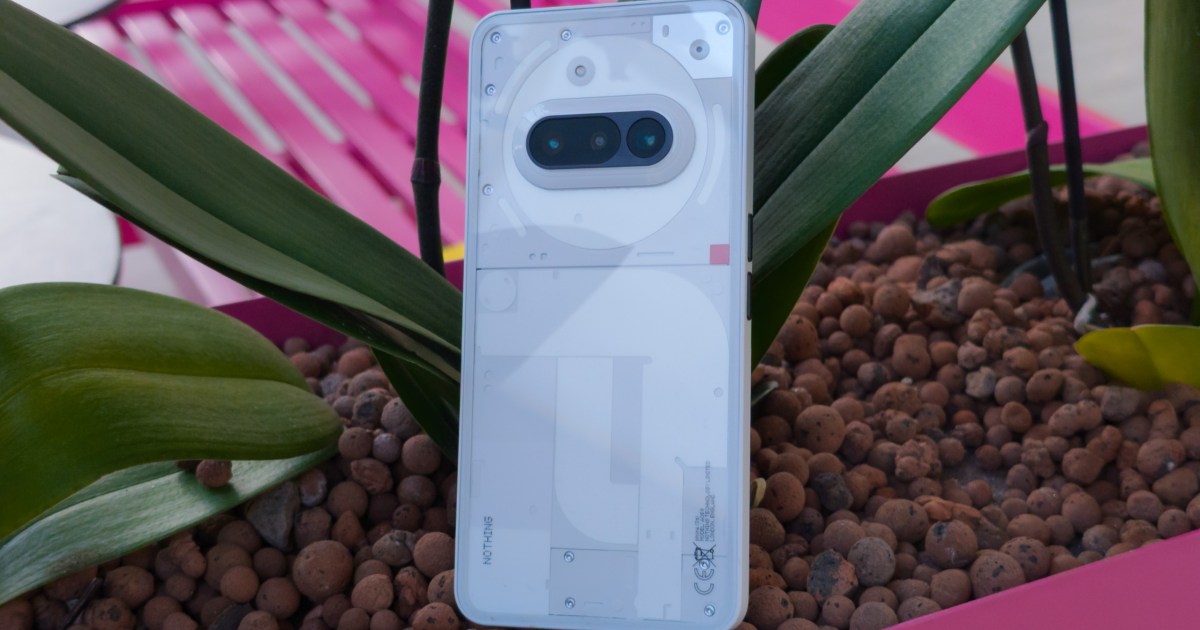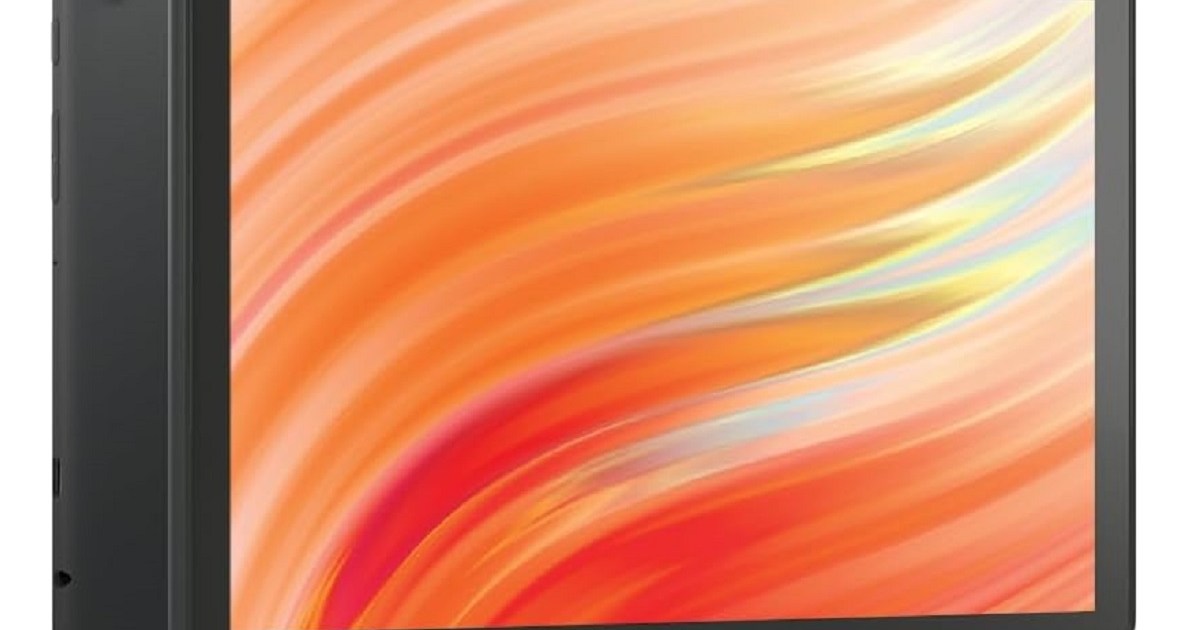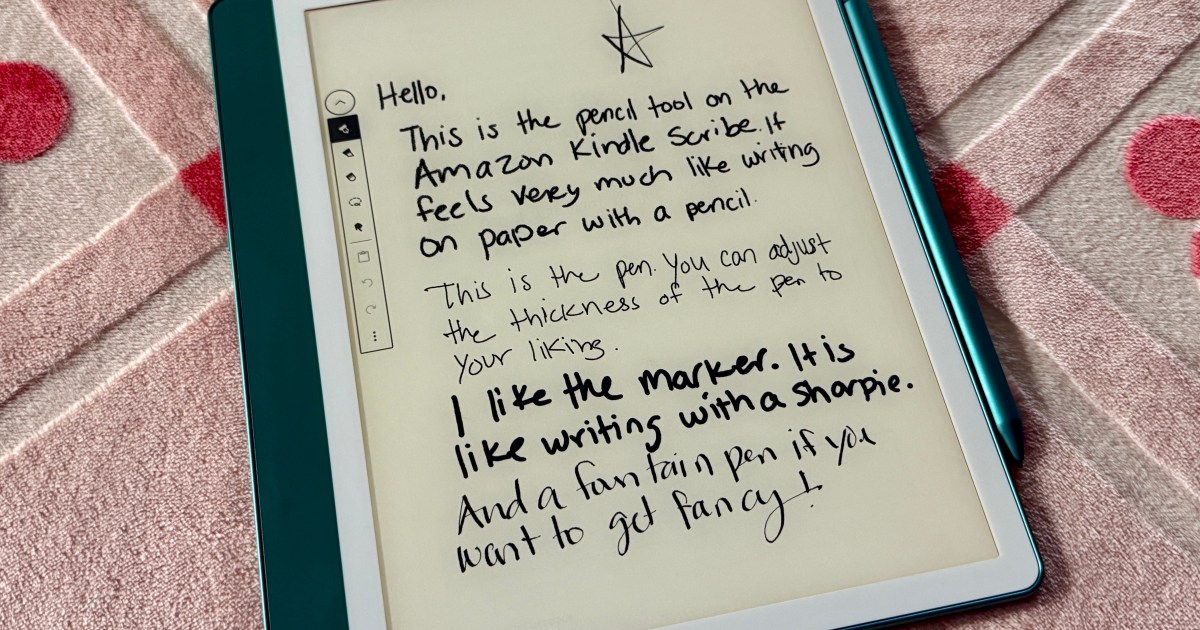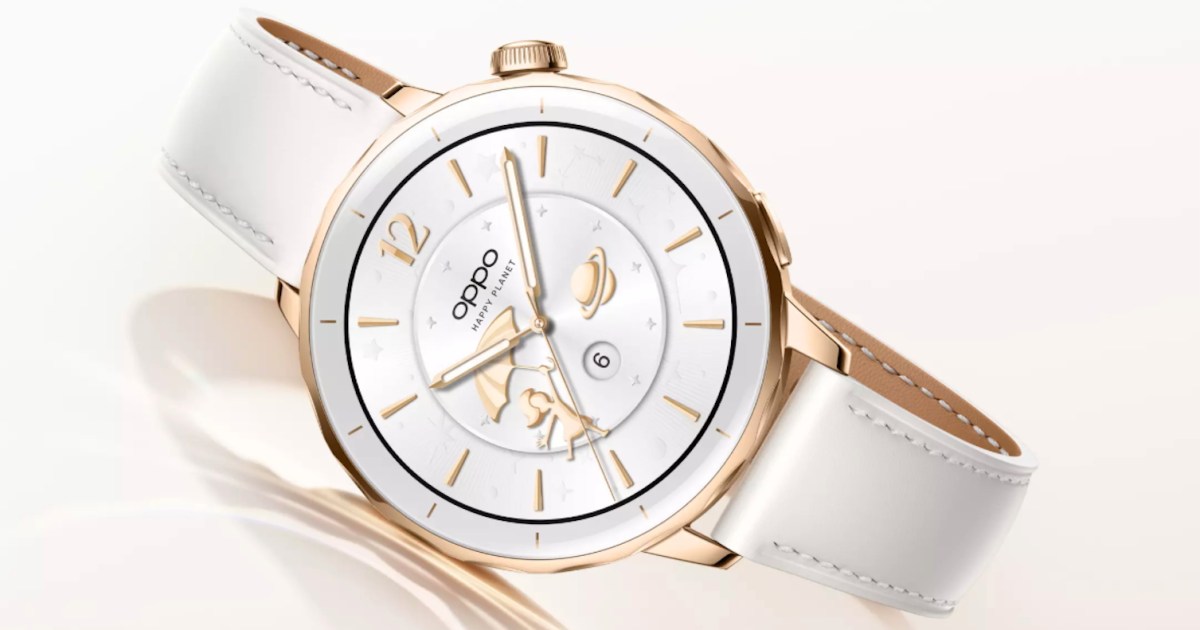The smartphone market is fiercely competitive, especially for emerging brands. How does a new company differentiate itself, particularly when one of its founders helped build a major competitor? This was the challenge facing Nothing. Four years later, their journey is both familiar and unique, mirroring the Nothing Phone (3a) itself. Prioritizing user experience and affordability, a strategy reminiscent of OnePlus’s early days, Nothing has delivered a phone that punches well above its $379 price tag. From its distinctive Glyph interface to its innovative (though sometimes quirky) Essential Space, the Nothing Phone (3a) offers a compelling experience. While imperfections exist, they are easily forgiven considering the value proposition.
Nothing Phone (3a) Specifications
| Feature | Nothing Phone (3a) |
|---|---|
| Dimensions | 163.5 x 77.5 x 8.4 mm |
| Weight | 201 grams |
| Display | 6.77-inch AMOLED, 30-120Hz, 1080 x 2392 pixels, 3,000 nits peak brightness, 2160Hz PWM |
| Durability | IP64, Panda Glass |
| Rear Cameras | 50MP main (f/1.9, OIS, EIS), 50MP telephoto (f/2.0, 2x optical zoom), 8MP wide-angle (f/2.2) |
| Front Camera | 32MP (f/2.5) |
| Processor | Qualcomm Snapdragon 7s Gen 3 |
| RAM & Storage | 12GB RAM, 256GB storage |
| Battery | 5,000mAh |
| Software | Android 15 with Nothing OS 3.1 |
| Colors | Black, White, Blue |
| Price | $379 USD / £379 GBP |
Distinctive Design and the Glyph Interface
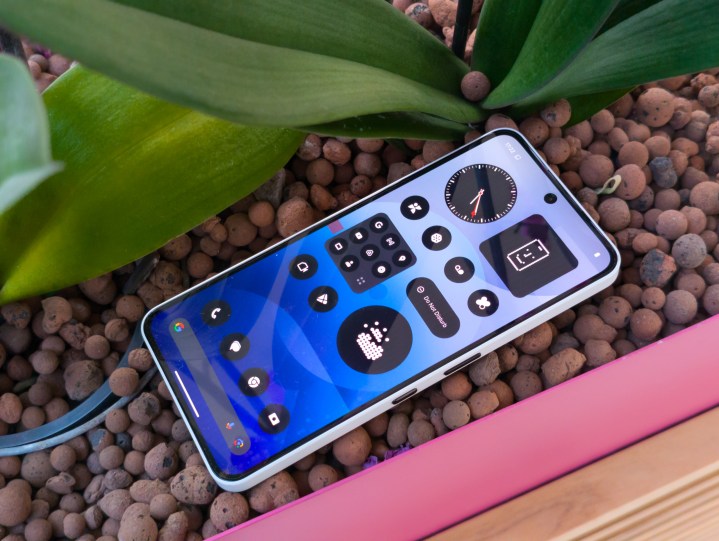 alt
alt
Nothing phones possess a unique quality. Much like foldable phones command attention with their form factor, the Nothing Phone (3a) stands out with its transparent back, distinctive color options, and iconic Glyph interface. While the blue model is visually appealing, the white version exudes a premium feel that belies its price.
 alt
alt
The Glyph interface, a signature Nothing feature, uses LED light patterns for notifications and other functions. Although the (3a) has fewer Glyph stripes than its flagship counterparts, it remains eye-catching and a conversation starter.
At 8.4mm thick and 201 grams, the Phone (3a) isn’t the slimmest device, but its weight becomes quickly accustomed to. The IP64 rating provides dust and splash resistance, suitable for light rain but not full submersion like some competitors.
 alt
alt
One design quirk is the placement of the new Essential Key, positioned below the power button. Both are lower than on most smartphones, as are the volume keys. This unconventional layout takes some getting used to, making even simple actions like taking screenshots feel awkward initially.
A Flagship Display Without the Flagship Price
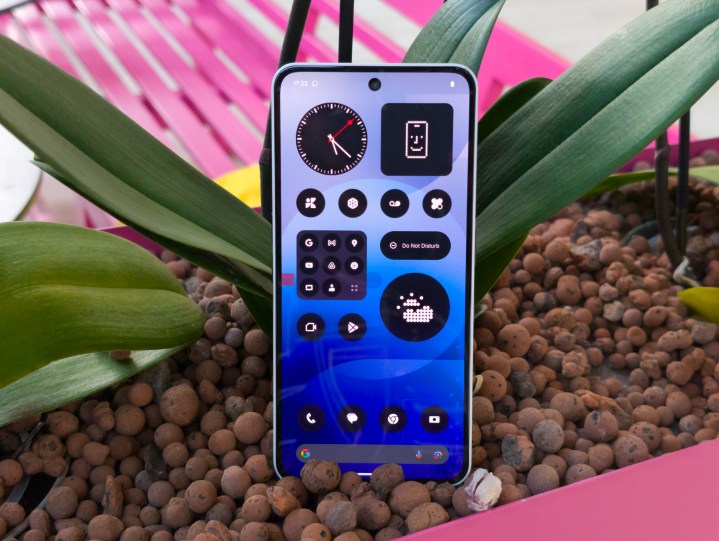 alt
alt
Creating a sub-$400 phone requires strategic compromises. Nothing wisely focused on key features, opting for a vibrant 6.77-inch AMOLED display with a 120Hz dynamic refresh rate and HDR10+ support, ideal for gaming and media consumption. This display performs admirably, offering excellent brightness, color accuracy, and smoothness, rivaling smartphones twice the price.
Hardware and Performance: Balancing Power and Efficiency
 alt
alt
The Snapdragon 7s Gen 3 processor, while not cutting-edge, handles everyday tasks efficiently. The 12GB of RAM in the US model contributes to smooth performance, minimizing lag and stutter. While not designed for hardcore gaming, the Phone (3a) performs well for casual gaming and general use.
 alt
alt
Beyond the processor, the Phone (3a) boasts impressive features for its price point. A large 5,000mAh battery, fast 50W wired charging, and a responsive under-display fingerprint sensor all contribute to a premium user experience. While lacking Wi-Fi 6e or 7, it offers essential connectivity options like dual-band Wi-Fi, Bluetooth 5.4, and quad-band GPS. It’s important to note that the Phone (3a)’s cellular band support may not be compatible with all US carriers.
Battery and Charging: All-Day Power and Speedy Top-Ups
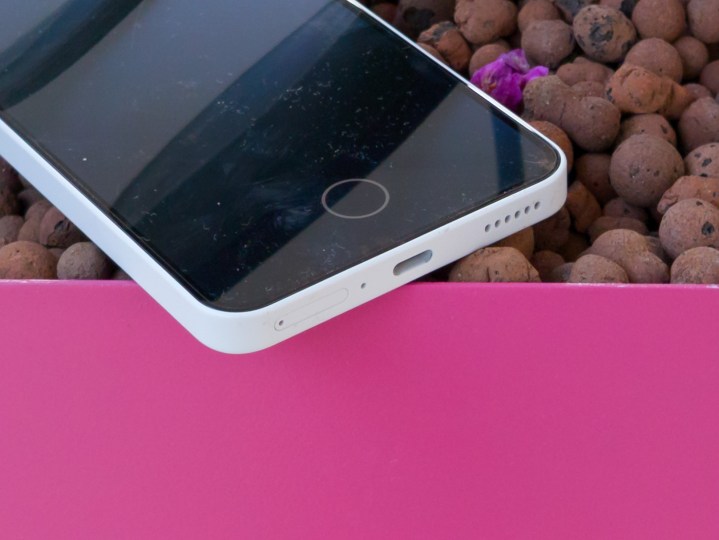 alt
alt
Nothing prioritized battery life and charging speed. The 5,000mAh battery easily lasts a full day with moderate use, even exceeding the endurance of some $1,000 phones. 50W wired charging replenishes the battery quickly, surpassing the charging speed of the far more expensive Galaxy S25 Ultra. While wireless charging is absent, it’s a forgivable omission given the phone’s affordability.



